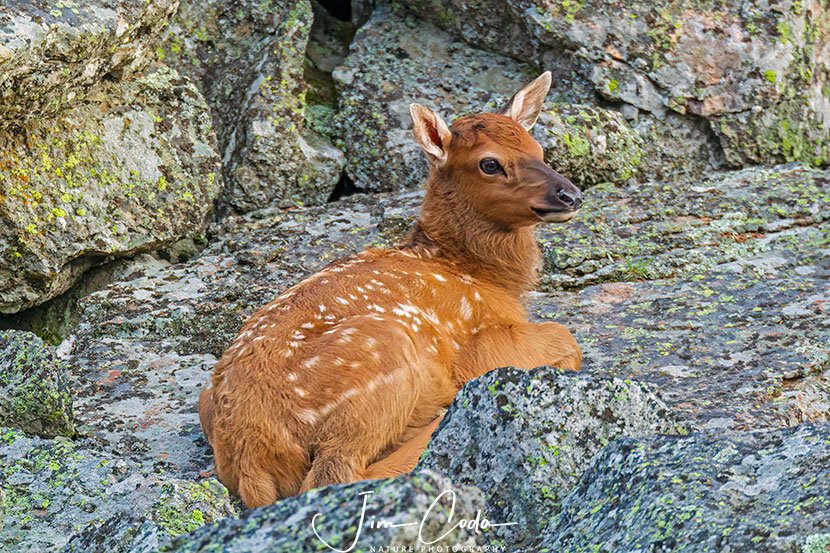Elk Calf, Yellowstone National Park

A day-old elk calf rests on a rocky slope above the Madison River. My favorite time to be in Yellowstone is from mid-May to mid-June when almost all species give birth.
This site is dedicated to wildlife and landscape photography.
This site is dedicated to wildlife and landscape photography.